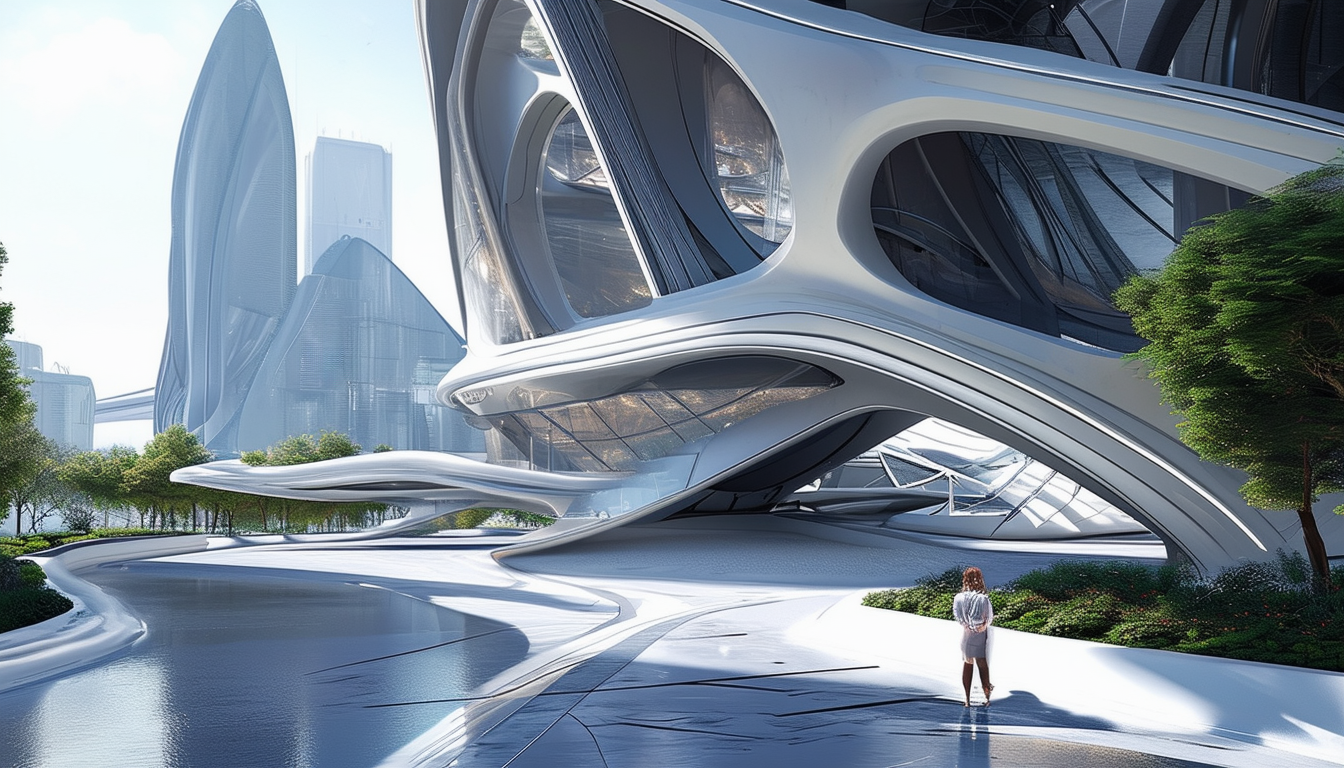
Architectural visualization is revolutionizing the manufacturing industry by bridging the gap between design and execution.
Architectural visualization has come a long way from traditional hand-drawn sketches and physical models. With the advent of computer-aided design (CAD) in the 1960s, the industry began to see significant improvements in precision and efficiency. These early digital tools paved the way for more sophisticated software, enabling architects to create detailed and accurate representations of their designs.
As technology advanced, so did the capabilities of visualization techniques. The introduction of 3D modeling and rendering software allowed for more realistic and immersive representations of buildings, making it easier for architects to communicate their ideas to clients and stakeholders. Today, architectural visualization has become an essential part of the design process, providing valuable insights and facilitating better decision-making.
Advanced visualization techniques are not only revolutionizing the architectural industry but also transforming manufacturing processes. By integrating detailed 3D models and simulations into the production workflow, manufacturers can optimize their operations, reduce errors, and improve overall efficiency. This level of precision is particularly beneficial in complex projects, where even minor discrepancies can lead to significant delays and cost overruns.
Moreover, advanced visualization tools enable manufacturers to conduct virtual prototyping and testing, allowing them to identify potential issues before they arise. This not only saves time and resources but also ensures that the final product meets the highest quality standards. By leveraging these cutting-edge technologies, manufacturers can stay ahead of the competition and deliver superior products to their clients.
Virtual Reality (VR) and Augmented Reality (AR) are quickly becoming game-changers in the field of architectural visualization. By immersing users in a fully interactive 3D environment, VR allows architects and clients to explore designs in a way that traditional methods simply cannot match. This level of immersion helps stakeholders gain a better understanding of the project, leading to more informed decisions and fewer revisions.
On the other hand, AR overlays digital information onto the physical world, providing real-time updates and enhancing collaboration between team members. For instance, architects can use AR to visualize how a new structure will integrate with existing surroundings, making it easier to identify potential challenges and opportunities. By incorporating VR and AR into the design process, architects can create more engaging and effective presentations, ultimately leading to better project outcomes.
Artificial Intelligence (AI) and Machine Learning (ML) are poised to revolutionize architectural visualization by automating complex tasks and providing valuable insights. AI-powered tools can analyze vast amounts of data to identify patterns and trends, enabling architects to make more informed decisions and optimize their designs. For example, AI can predict how a building will perform under various conditions, such as different weather scenarios or occupancy levels, helping architects create more resilient and sustainable structures.
Machine Learning algorithms can also streamline the design process by automating repetitive tasks, such as generating detailed floor plans or creating realistic material textures. This not only saves time but also allows architects to focus on more creative aspects of their work. As AI and ML continue to evolve, their integration into architectural visualization will undoubtedly lead to more efficient and innovative design solutions.
As technology continues to advance, the field of architectural visualization is set to experience several exciting developments. One emerging trend is the use of real-time rendering, which allows architects to make instant changes to their designs and see the results immediately. This not only speeds up the design process but also enhances collaboration and communication among team members.
Another promising innovation is the integration of Building Information Modeling (BIM) with advanced visualization tools. BIM enables architects to create comprehensive digital representations of buildings, incorporating detailed information about every aspect of the project. By combining BIM with cutting-edge visualization techniques, architects can create more accurate and detailed models, leading to better project outcomes.
Additionally, the rise of cloud computing and collaborative platforms is making it easier for architects to work together, regardless of their location. These tools enable seamless sharing of data and resources, fostering greater collaboration and innovation. As these trends continue to evolve, the future of architectural visualization looks brighter than ever, promising more efficient, accurate, and creative design solutions.